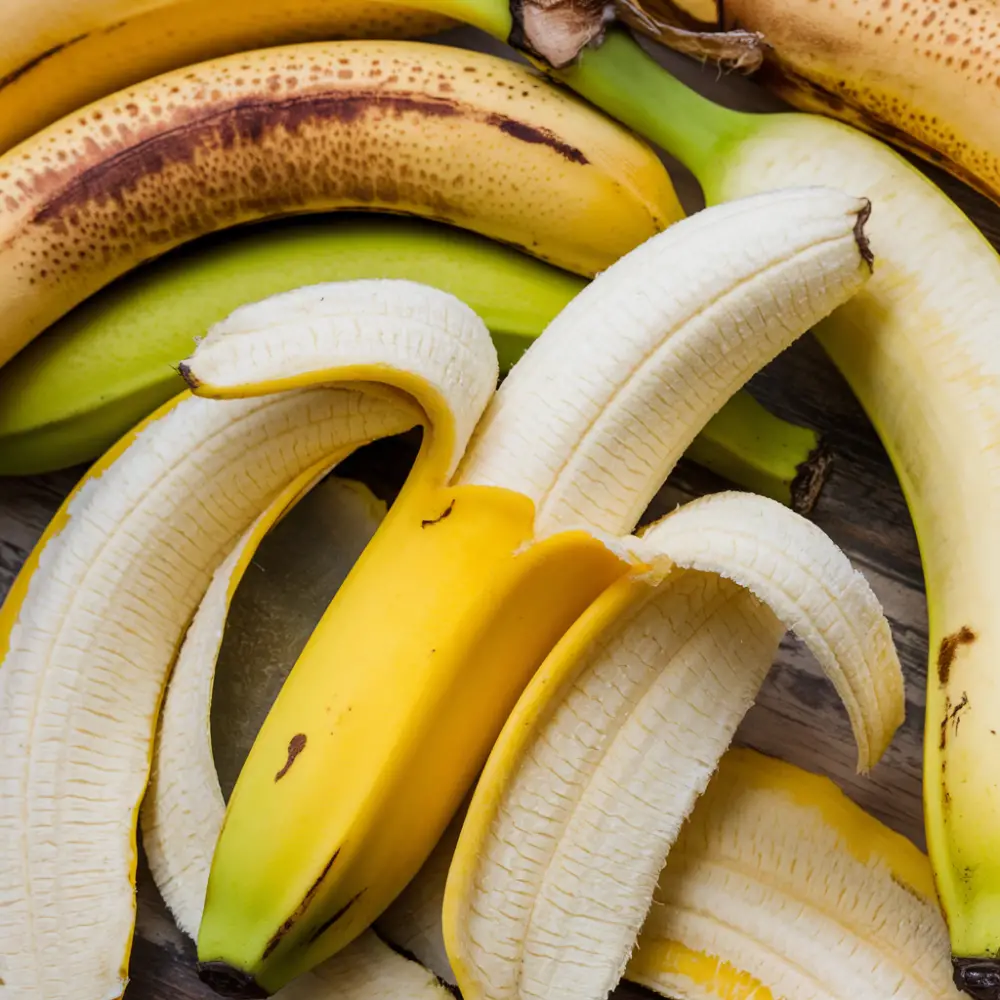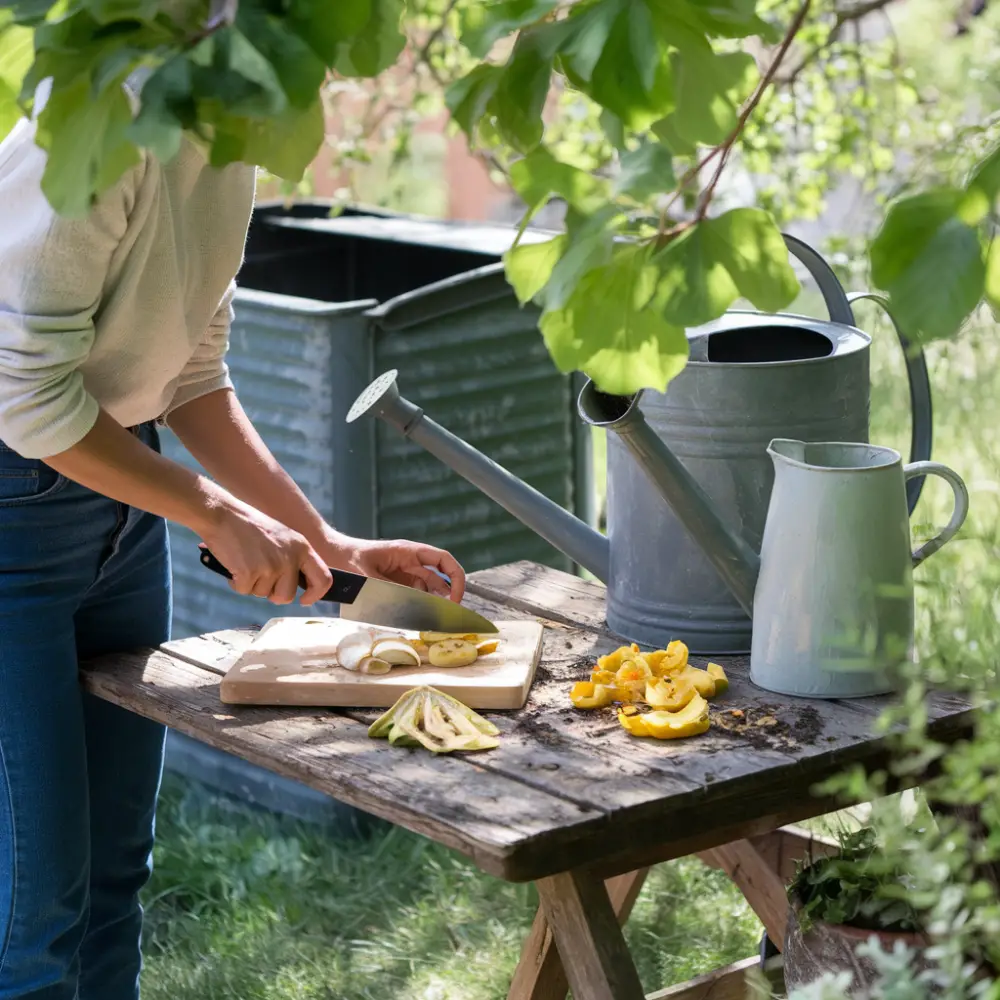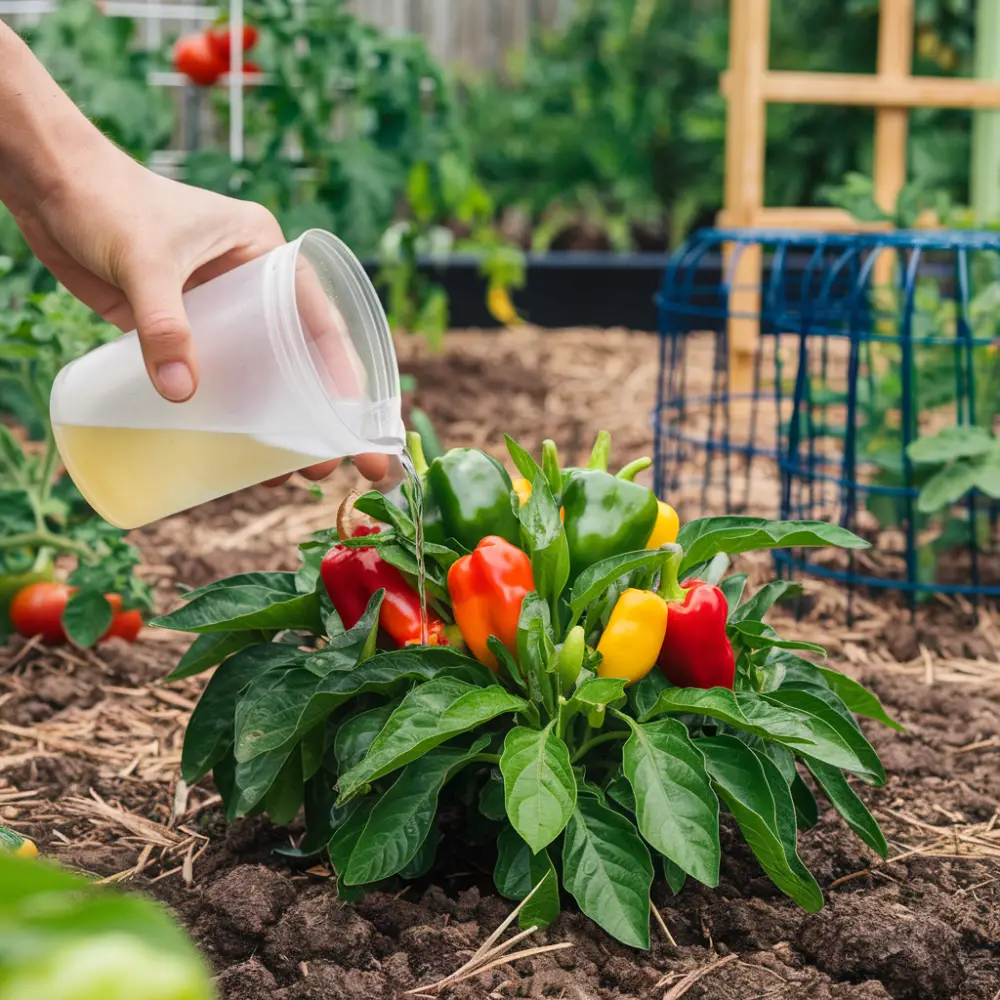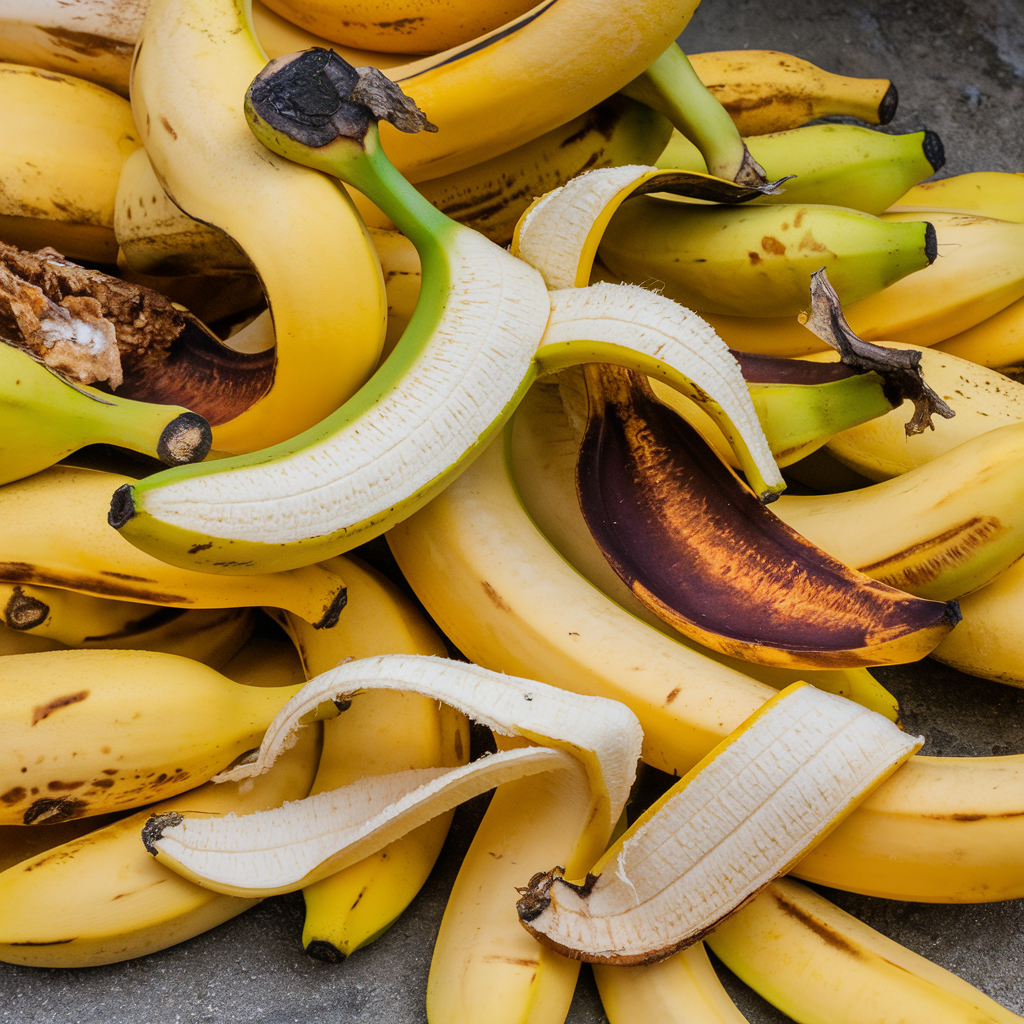Ever wondered what to do with those banana peels besides tossing them in the compost? Turns out, they’re liquid gold for your garden! Let’s peel back the layers on banana water – the fruity concoction your plants have been secretly craving all along.
What Is Banana Water?
Banana water is exactly what it sounds like – water infused with the goodness of banana peels. This homemade plant elixir is packed with potassium, phosphorus, calcium, and magnesium – nutrients that make your plants do the botanical equivalent of a happy dance. With an approximate NPK value of 0.1.1 and 2.5-2.6 for potassium (according to experienced gardeners), it’s specifically formulated to boost flowering and fruiting.

Why Your Plants Are Going Bananas for Banana Water
Plants love potassium almost as much as teenagers love ignoring their parents. Banana peels contain about 42% potassium, making them the rockstars of the fruit peel world. This potassium promotes:
- Stronger root development, helping your plants stand tall and proud
- Enhanced flowering and fruiting, turning your garden from “meh” to “magnificent”
- Improved disease resistance, because plants need immune systems too
Perfect Timing: When to Apply Banana Water
Timing is everything with banana water. Apply it when your plants are entering their flowering stage – that’s when they need potassium the most. As one experienced gardener notes, early summer (June in many regions) is ideal when tomatoes, peppers, cucumbers, squash, pumpkins, green beans, and potatoes are all beginning to flower simultaneously.
The results aren’t slow and subtle – many gardeners report seeing “almost immediately a bunch of new blooms and healthier blooms” on treated plants.
How to Make Basic Banana Water: The Perfect Formula
Making banana water is surprisingly precise. Here’s the expert-recommended method:
- Gather your materials:
- 3 banana peels per quart of water (this ratio is important!)
- Dechlorinated water (rain water, well water, or boiled and cooled tap water)
- A container with a lid
- Prepare the peels:
- Use organic bananas if possible to avoid pesticide residue
- Remove any stickers and the “food grade” glue they leave behind
- Chop or tear the peels into smaller pieces to increase surface area
- Combine and steep:
- Place the chopped peels in your container
- Cover completely with dechlorinated water
- Seal with a lid and place in a cool, dark place
- Let steep for exactly 3 days, shaking occasionally
- Strain and dilute:
- Strain out the peels (save them for your next batch!)
- Dilute at a 1:10 ratio (1 part banana water concentrate to 10 parts water)
- This equals roughly 2 quarts of concentrate per 5-gallon bucket of water

The Continuous Brewing Method: Never Run Out
Why make just one batch when you can have a continuous supply? Here’s how experienced gardeners maintain a steady stream of banana goodness throughout the growing season:
- Start with your basic batch as described above
- After straining, return the used peels to your brewing container
- Add fresh banana peels and water to the same container
- Continue this cycle throughout the growing season
- In fall, add all the accumulated peels to your compost pile
This perpetual brewing system ensures you’ll never run out during the critical growing months when your plants need it most.
Application: How Much and How Often
The consensus among experienced gardeners is to apply banana water once per week to flowering plants. A “red Solo cup” amount (about 16-18 oz) per plant is sufficient. Water at the base of the plant rather than on the foliage for best results.
Unlike chemical fertilizers, it’s very difficult to “burn” plants with banana water, making it forgiving for gardening beginners. However, sticking to the recommended dilution ratio is still important for optimal results.

Fermented Banana Water: Taking It to the Next Level
While basic banana water offers impressive benefits, fermented banana water kicks things up several notches. Think of it as the difference between milk and yogurt – fermentation transforms good into great!
What Makes Fermented Banana Water Special?
Fermentation introduces beneficial microorganisms that break down the banana peels more completely, releasing additional nutrients and creating a probiotic-rich solution. This living fertilizer doesn’t just feed your plants – it introduces beneficial microbes to your soil ecosystem.
How to Ferment Your Banana Water:
- Start with the basic recipe: Place 3 banana peels (chopped) in a quart jar and fill with dechlorinated water.
- Add a fermentation starter: Add 1 tablespoon of completed compost, a splash of compost tea, or 1 tablespoon of molasses to introduce beneficial microbes and give them food.
- Cover but don’t seal: Use a coffee filter or cloth secured with a rubber band to allow air exchange while keeping pests out.
- Let nature work its magic: Place in a warm location (65-75°F) for 7-14 days. You’ll know it’s working when you see bubbles forming and detect a slightly sour, earthy smell.
- Strain and dilute: The fermented solution should be diluted at a 1:20 ratio (more diluted than regular banana water) as it’s more potent.
Benefits of Fermented Banana Water:
- Enhanced nutrient availability: The fermentation process breaks down complex compounds into forms more readily absorbed by plants.
- Soil microbiome support: Introduces beneficial bacteria and fungi that improve soil structure and health.
- Disease suppression: The beneficial microbes can help outcompete pathogenic organisms in the soil.
- Extended shelf life: Unlike regular banana water which should be used within a week, fermented banana water can be stored for up to a month in a cool, dark place.
Application Tips:
- Apply as a soil drench around the base of plants rather than as a foliar spray.
- Best used during early morning or evening hours when soil microbes are most active.
- Particularly effective for heavy feeders like tomatoes, squash, and corn.
- Can be combined with other fermented plant juices for a super-charged plant tonic.
Banana Water vs. Commercial Fertilizers: The Showdown
Commercial fertilizers are like fast food – convenient but not always the healthiest option. Banana water is the home-cooked meal of the plant nutrition world:
- It’s free! Unless you’re buying bananas specifically for the peels, in which case, we need to have a different conversation.
- It’s organic and sustainable, making you the eco-warrior you’ve always claimed to be.
- No harsh chemicals means no risk of fertilizer burn, which is the plant equivalent of a bad sunburn.
- It introduces beneficial microorganisms to your soil (especially the fermented version).
Common Banana Water Mistakes: Don’t Slip Up
- Using chlorinated water: Chlorine can kill beneficial microorganisms. Use rain, well, or dechlorinated water.
- Incorrect dilution: Follow the 1:10 ratio for regular banana water and 1:20 for fermented banana water.
- Poor timing: Apply during flowering season for maximum benefit, not when plants are dormant.
- Forgetting to cover: Uncovered banana water can attract fruit flies. Keep it covered during the steeping process.
- Using banana peels with stickers/glue: Remove all stickers and adhesive residue before steeping.
Real Results: What to Expect
When used correctly, banana water can transform your garden. One gardener documented California Wonder pepper plants with 30+ blooms after regular banana water applications, with peppers ready to harvest by early June – significantly earlier than untreated plants.
The visible results include:
- More abundant flowering
- Healthier, more vibrant blooms
- Earlier fruiting
- Increased yield
- Stronger overall plant structure
So there you have it – the complete guide to banana water gardening. Your plants will thank you, your wallet will thank you, and you’ll finally have a use for all those banana peels. Happy gardening, and remember: in the world of plants, you’re one banana peel away from being a superhero!

